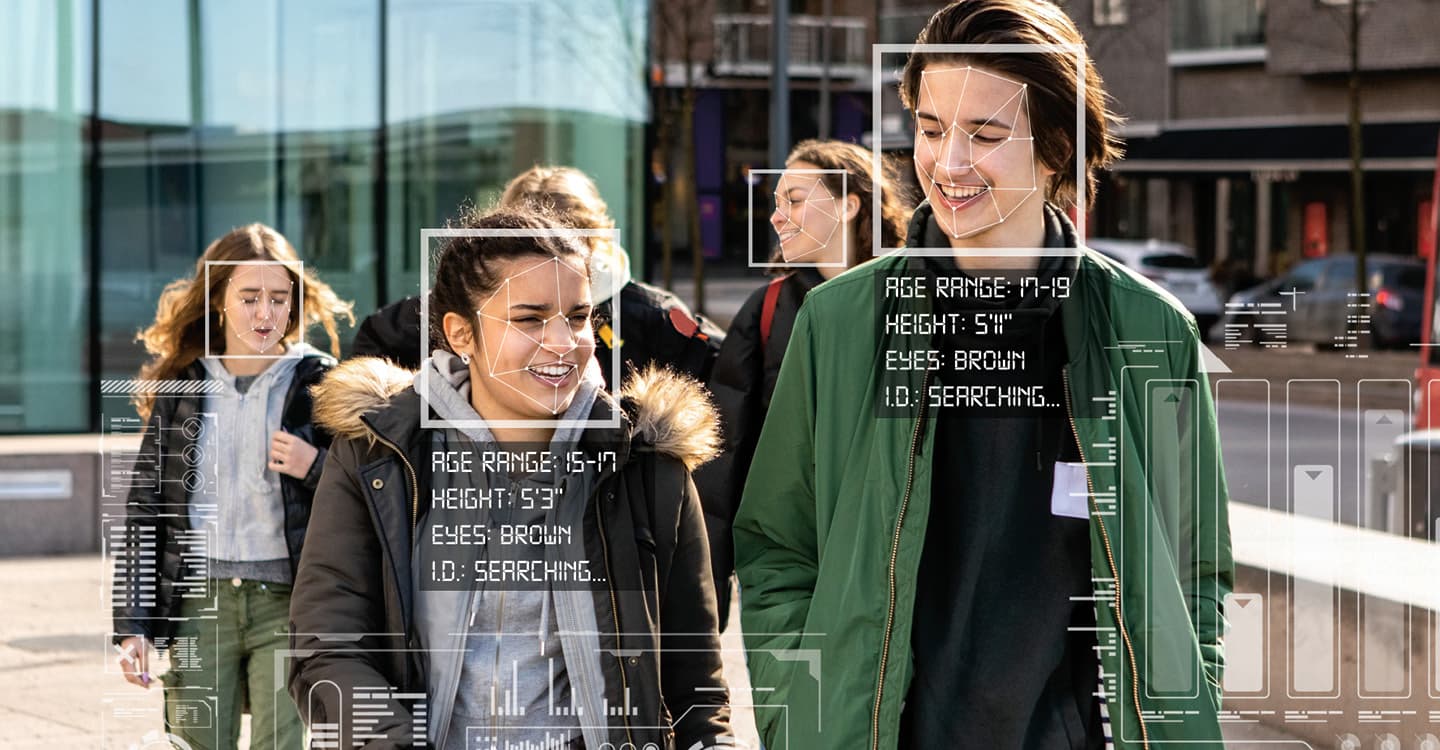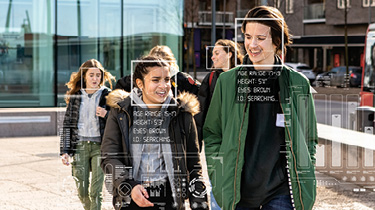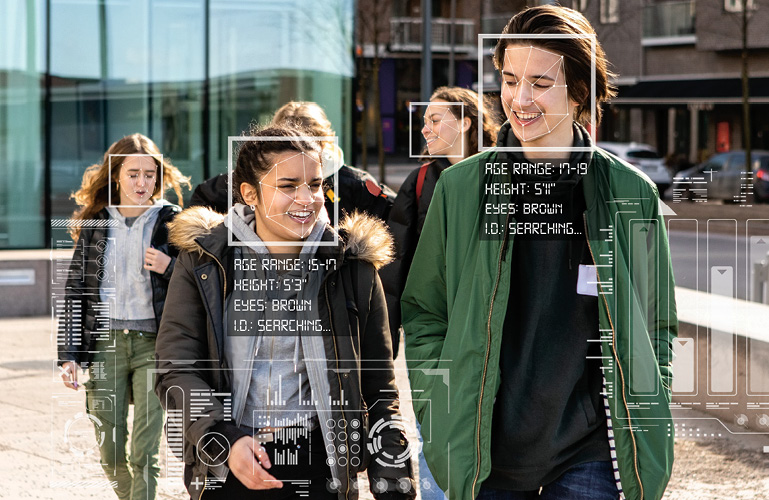It was all caught on camera. In 2017, a woman entered a store in Cornelius, Oregon, stashed a $130 pair of boots in her purse, and walked out.
The Washington County Sheriff’s Office uploaded images of her face that had been captured by the security cameras to the office’s newest crime-solving tool: a facial recognition system. Within seconds, the system came up with a digital lineup of potential matches. When a deputy spoke to one of these women the next day, she confessed to the crime and was charged with theft. The case, which in the past might never have been cracked, was solved in just a day.
That’s just one of many recent examples of police departments employing facial recognition to help solve crimes, ranging from shoplifting to assaults and mass shootings.
But the growing use of this technology is fueling a heated debate. While some are calling it a breakthrough in policing, civil liberties advocates see it differently. They say the technology isn’t always accurate and could lead to wrongful arrests, especially of people of color. They also argue that the use of facial recognition is an invasion of privacy, and they fear it could be used for mass surveillance, allowing the police and government agencies to secretly monitor people.
“This is the most pervasive and risky surveillance technology of the 21st century,” says Alvaro Bedoya, director of Georgetown Law’s Center on Privacy & Technology (C.P.T.).
It was all caught on camera. In 2017, a woman entered a store in Cornelius, Oregon, stashed a $130 pair of boots in her purse, and walked out.
The Washington County Sheriff’s Office pulled images of her face that had been captured by the security cameras. They uploaded the images to their newest crime-solving tool: a facial recognition system. Within seconds, the system came up with a digital lineup of potential matches. When a deputy spoke to one of these women the next day, she confessed to the crime and was charged with theft. The case might have never been cracked in the past. Now, it was solved in only a day.
That’s just one of many recent examples of police departments using facial recognition to help solve crimes. They’ve been able to crack a variety of cases, from shoplifting to assaults and mass shootings.
But the growing use of this technology is fueling a heated debate. Some are calling it a breakthrough in policing. Civil liberties advocates don’t see the technology that way. They say it isn’t always accurate and could lead to wrongful arrests, especially of people of color. They also argue that the use of facial recognition is an invasion of privacy. And they fear it could be used for mass surveillance. That means it might help the police and government agencies secretly watch people.
“This is the most pervasive and risky surveillance technology of the 21st century,” says Alvaro Bedoya, director of Georgetown Law’s Center on Privacy & Technology (C.P.T.).



